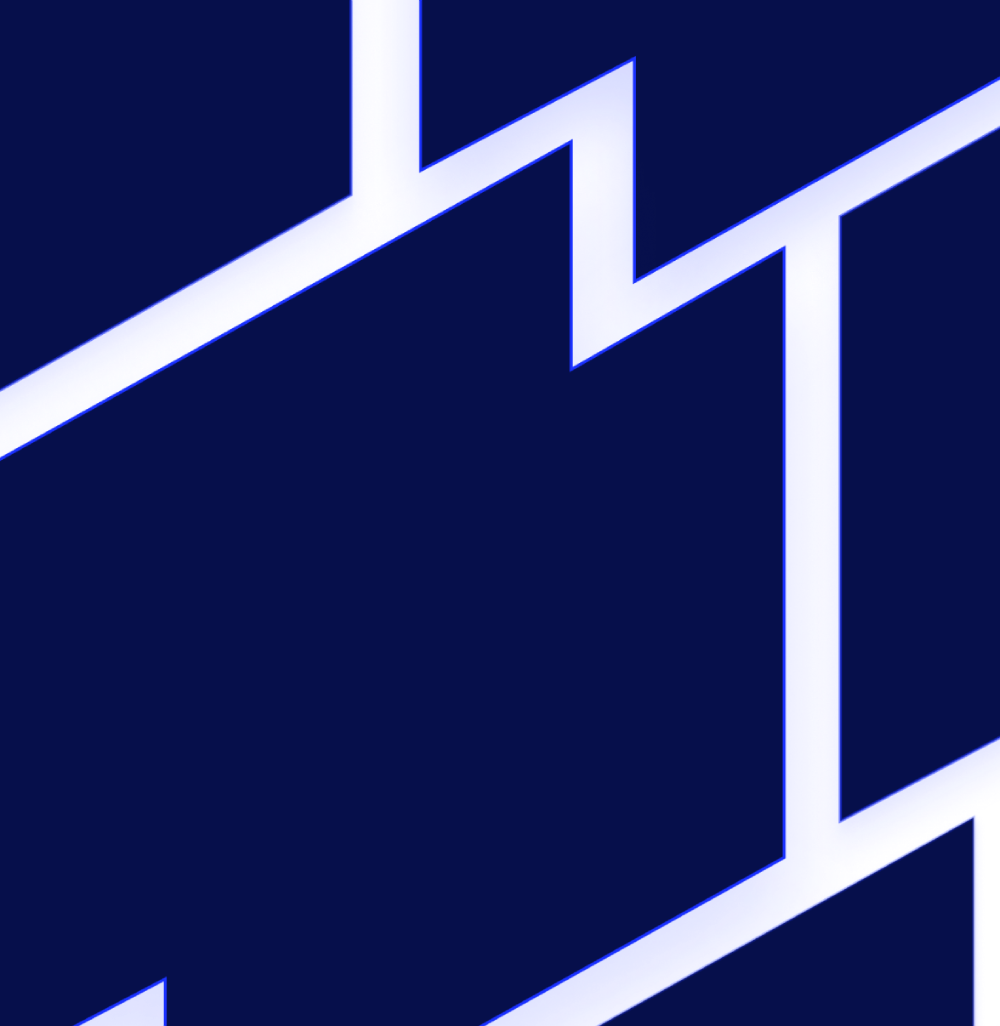Cloud Monitoring
Enhanced Support for Azure Container Apps
LogicMonitor now supports monitoring for Azure Container Apps.
When you add a container application, LogicMonitor automatically detects it and starts monitoring its health without additional configuration.
For more information, see Cloud Services and Resource Units in the product documentation.
Enhanced Support for Azure Container Instances
LogicMonitor now supports monitoring for Azure Container Instances.
When you add a container instance, LogicMonitor automatically detects it and starts monitoring its health without additional configuration.
For more information, see Cloud Services and Resource Units in the product documentation.
Dashboards
Sunburst Visualization Added to Billing Widget
You can now visualize multiple billing dimensions at the same time by selecting Sunburst as a visualization type when creating a Billing widget in LogicMonitor Dashboards.
This new chart enables you to compare multiple dimensions of cost data in a single donut-style view.
Sunburst visualizations make it easy to identify top spend drivers across dimensions, see cost distribution in a multi-layered format, and quickly explore hierarchical data without switching views.
For more information, see Billing Widget in product documentation.
Enhanced Billing Widget Actions
The Billing widget in LogicMonitor Dashboards now enables you to view a selected widget dimension in Resource Explorer using the Drill Down menu. Alternatively, you can apply the selected dimension directly to dashboard-level filters.
These options improve the flexibility of Billing widget visualizations when monitoring costs in a specific context (such as individual regions, accounts, or environments.)
For more information, see Billing Widget in product documentation.
Widget Scalability and Performance Improvements
LogicMonitor has increased the resource instance limits for the following widgets:
- Gauge
- Big Number
- Pie
This enhancements enables you to visualize and monitor more instances per widget. This allows for more coverage and comprehensive insights—particularly in environments with high instance density.
To create these widgets, navigate to Dashboards, and add a widget.
LM Logs
Aggregate Query Tracking for Logs
LogicMonitor has enhanced the LM Logs platform with the ability to track aggregate queries through saved searches, providing deeper observability and custom metricization capabilities. You can now enable query tracking for aggregate log queries, in addition to basic queries. This allows you to:
- Transform log search results into time series metrics
- Automatically generate DataSources that track log-derived metrics at 5-minute intervals
- Use dynamic datapoints derived directly from your aggregate query output
This enhancement enables teams to convert log data into metrics, visualize trends, correlate log activity with system performance, and build alerting on log-derived metrics.
Note: Tracking is only available on saved queries, and queries must return at least one numeric value to be eligible.
For more information, see Logs Query Tracking in the product documentation.
Modules
Apache Groovy 4 Support for all LogicMonitor-Provided LogicModules
In a future release, LogicMonitor Collectors will no longer support Apache Groovy 2. All official LogicMonitor-provided modules will be compatible with Apache Groovy 4. To support this migration, LogicMonitor is releasing updates to official LogicModules to be compatible with Groovy 4.
As a result of this migration, you must do the following:
- Validate any customized or community-provided modules to ensure compatibility
For more information about validating your customized modules, see Custom Module Groovy Migration Validation in the product documentation. - Install a module update for LogicMonitor-provided modules that have compatibility changes released.
For more information, see LogicMonitor Provided Modules Groovy 4 Migration in the product documentation. - Update Enhanced Script NetScans to Groovy 4 compatible scripts.
For more information, see “Enhanced Script NetScans Now Groovy 4 Compatible” in the Modules section of the Release Notes
For more information on the timeline of this migration, see Apache Groovy 2 End-of-Life Milestone Public Announcement.
The LogicMonitor EA Collector 34.500 or later is compatible with Groovy 2 and Groovy 4. For more information about the EA Collector release, see the EA Collector 34.500 Release Notes.
The LogicMonitor EA Collectors 37.100, 37.200, and 37.300 which are now available, will use Groovy 4 instead of Groovy 2. In accordance with Collector versioning, a stable EA version is designated as an optional general release (GD).
When running a module using Apache Groovy 4, and using java.util.Date.format(), the following exception was resolved with the LogicMonitor Collector version 35.400 or later.
exception:groovy.lang.MissingMethodException: No signature of method: java.util.Date.format() is applicable for argument types: (String) values: [yyyy-MM-dd'T'HH:mm:ss z]Note: To mitigate this issue when running a module using Apache Groovy 4, ensure you upgrade to the LogicMonitor Collector version 35.400 or later
When running a module using Apache Groovy 4, and using the groovy.json.JsonSlurper(), the following exception was fixed with the LogicMonitor Collector version 36.200 or later:
exception:groovy.lang.RunTimeException: Unable to load FastStringServiceNote:To mitigate this issue when running a module using Apache Groovy 4, ensure you upgrade to the LogicMonitor Collector version 36.200 or later.
When running a module using Apache Groovy 4, and the module includes an invalid type parameter for a data structure, the module throws the following exception:
java.lang.RuntimeException: org.codehaus.groovy.control.MultipleCompilationErrorsException: startup failed:Important: LogicMonitor is releasing updates to LogicModules to mitigate this issue for official LogicMonitor-provided modules.
In Apache Groovy 4, the behavior of the push() method for the List class is reversed. In Apache Groovy 2.4, the push() method would add an item to the list, in Apache Groovy 4 push() will work on the first item of a List.
// v4 Behavior
def numbers = [1, 2, 3, 4]
numbers.push(5)
println numbers
// OUTPUT: [5, 1, 2, 3, 4]
// v2.4 Behavior
def numbers = [1, 2, 3, 4]
numbers.push(5)
println numbers
// OUTPUT: [1, 2, 3, 4, 5]To mitigate this issue, migrate to using add() in place of push():
def numbers = [1, 2, 3, 4]
numbers.add("5")
println numbers
// OUTPUT: [1, 2, 3, 4, 5]When running a module using Apache Groovy 4, the behavior of the pop() method is reversed. In Apache Groovy 2.4 the pop() behavior would remove the last item in a list, in Groovy 4 pop() will remove the first item in a list.
// v4 Behavior
def numbers = [1, 2, 3, 4]
println numbers.pop()
// OUTPUT: 1
// v2.4 Behavior
def numbers = [1, 2, 3, 4]
println numbers.pop()
// OUTPUT: 4To mitigate this issue, migrate to using remove() in place of pop():
def numbers = [1, 2, 3, 4]
println numbers.remove(numbers.size() - 1)
// OUTPUT: 4Important: LogicMonitor is releasing updates to LogicModules to mitigate this issue for official LogicMonitor-provided modules.
When running a module using Apache Groovy 4, the following exception can be thrown when using the GroovyScriptHelper to incorporate LogicMonitor snippets in your script:
exception:groovy.lang.MissingPropertyException: No such propertyTo mitigate this issue, adjust the way the class is imported, similar to the following:
import com.santaba.agent.groovy.utils.GroovyScriptHelper
import com.logicmonitor.mod.Snippets
def modLoader = GroovyScriptHelper.getInstance(GroovySystem.version).getScript("Snippets", Snippets.getLoader()).withBinding(getBinding()) Important: LogicMonitor is releasing updates to official LogicModules to mitigate this issue for LogicMonitor-provided modules.
When running a module using Apache Groovy 4 with legacy classes in your script, the following exception can be thrown:
java.lang.RuntimeException: org.codehaus.groovy.control.MultipleCompilationErrorsException: startup failedTo mitigate this issue, migrate to JPMS-compliant package names. Making this change does not break backward compatibility with Groovy 2.
For example, the following script uses legacy classes:
import groovy.util.XmlSlurper
import groovy.util.XmlParser
def xmlSlurper = new XmlSlurper()
def xmlParser = new XmlParser()You can replace the legacy classes with JPMS-compliant package names in Groovy 4 to resolve the exception, similar to the following:
import groovy.xml.XmlSlurper
import groovy.xml.XmlParser
def xmlSlurper = new XmlSlurper()
def xmlParser = new XmlParser()Important: LogicMonitor is releasing updates to LogicModules to mitigate this issue for official LogicMonitor-provided modules.
Traces
Deprecation of LogicMonitor OpenTelemetry Collector 3.0.00
In a future release of LogicMonitor, the support for LogicMonitor OpenTelemetry Collector 3.0.00 will be deprecated. Use the latest LogicMonitor OpenTelemetry Collector version.
For more information, see OpenTelemetry Collector Versions in the product documentation.
Collector Releases
- EA Collector 38.100 was released on June 24, 2025. For more information, see EA Collector 38.100 Release Notes.
LogicModule Releases
New and updated LogicModules are available for you directly in your LogicMonitor portal. You can install new modules from the Exchange and update existing modules in My Module Toolbox. For more information, see Modules Installation, and Modules Management in the product documentation.
This section lists the LogicModules that are new in this release, updated in this release, or will be removed in a future release. Changes related to the LogicModule feature will be listed in the General Updates section.
New LogicModules
| LogicModule Name | Details |
| 2 DataSources: – Microsoft_Azure_ContainerApps – Microsoft_Azure_ContainerAppsReplicas | New monitoring support for Azure Container Apps, enabling visibility into both high-level application metrics and per-replica insights. |
| 1 DataSource: – Microsoft_Azure_SQLDataWarehouse | Added new monitoring for Azure DataWarehouse SQLDatabase using the available data points described in Azure monitor documentation. For more information, see Supported metrics for Microsoft.Sql/servers/databases from Azure. |
| 1 DataSource: – Microsoft_Azure_OpenAIModel | Added support for monitoring Azure OpenAI Services by Model. |
| 1 DataSource: – Microsoft_Azure_AKSClusterPods | Added support for monitoring Azure Kubernetes Service (AKS) pods. |
| 11 DataSources: – Cisco_UCSX_ChassisFans – Cisco_UCSX_ChassisHealth – Cisco_UCSX_ChassisPowerSupplies – Cisco_UCSX_FabricInterconnectCPU – Cisco_UCSX_FabricInterconnectFans – Cisco_UCSX_FabricInterconnectHealth – Cisco_UCSX_FabricInterconnectMemory – Cisco_UCSX_FabricInterconnectPowerSupplies – Cisco_UCSX_FabricInterconnectTemperature – Cisco_UCSX_ServerHealth – Cisco_UCSX_ServerTemperature 2 PropertySources: – addCategory_Cisco_UCSX_Device – addERI_Cisco_UCSX_Device 1 TopologySources: – Cisco_UCSX_Topology | New monitoring for Cisco Intersight managed UCS-X Series Modular System Chassis, Servers, and Fabric Interconnects. |
Updated LogicModules
| LogicModule Name | Details |
| 1 PropertySource: – addCategory_Cisco_Meraki_Device | Corrected a spelling error in variable name ‘cachedCellularGatewayUplinkStatus.’ |
| 1 DataSource: – Cisco_Meraki_AccessPointSSIDs | Improved SSID graphs. |
| 1 DataSource: – Microsoft_Azure_ResourceHealth | Updated the alert level for UnknownAvailabilityStateErrorAlerts complex datapoint from Error to Warning. |
| 1 DataSource: – Microsoft_Azure_SQLDatabaseNonDTU | (Potential data loss) Modified ‘appliesTo’ to exclude devices that did not provide the correct metrics for Azure SQL DB DataWarehouse. ‘appliesTo’ is no longer used for monitoring this type of instance. |
| 2 DataSources: – Infoblox_Appliance_NetworkServices – Infoblox_Appliance_Node | Added version-based service mapping for NIOS 9.x in Node and NetworkServices modules to ensure accurate labelling. |
| 1 DataSources – Microsoft_SQLServer_SystemJobs | Removed instance grouping for Always On Database Clusters. Instances were grouped on an Index Level Property so there is no loss of data with the change of index grouping. Removed the instance name from the displayed Instance name for always on databases. Stand alone databases still function the way they did before. |
| 1 DataSource: – Microsoft_SQLServer_DatabaseStorage | Fixed handling of databases with files that do not auto-grow. Update the SQL statement for availableQuery to improve accuracy. Additional changes include formatting and code cleanup for readability. |
| 1 DataSource: – SNMP_Network_Interfaces | The module was updated to use specialized virtual DataPoints to prevent unrealistic data spikes from skewing the Throughput graphs. |
| 1 ConfigSource: – Telnet_Interactive_Standard | Resolved an issue where ‘config.prompt’ was not being used, even when set explicitly. |
| 1 DataSource: – Cisco_IPSec_AggregateTunnels | Important: The TunnelStatus datapoint has been removed. As a result, updating this module will lead to historical data loss for the TunnelStatus datapoint. The data reported for this datapoint was not reliable. Introduced a new method for detecting suspected tunnel downs by checking for the amount of inbound traffic. Added a new datapoint, TunnelDown_NoInboundData. It flags tunnels as down when no inbound traffic is reported. Note: Alerting for tunnel down must be manually enabled if desired. |



